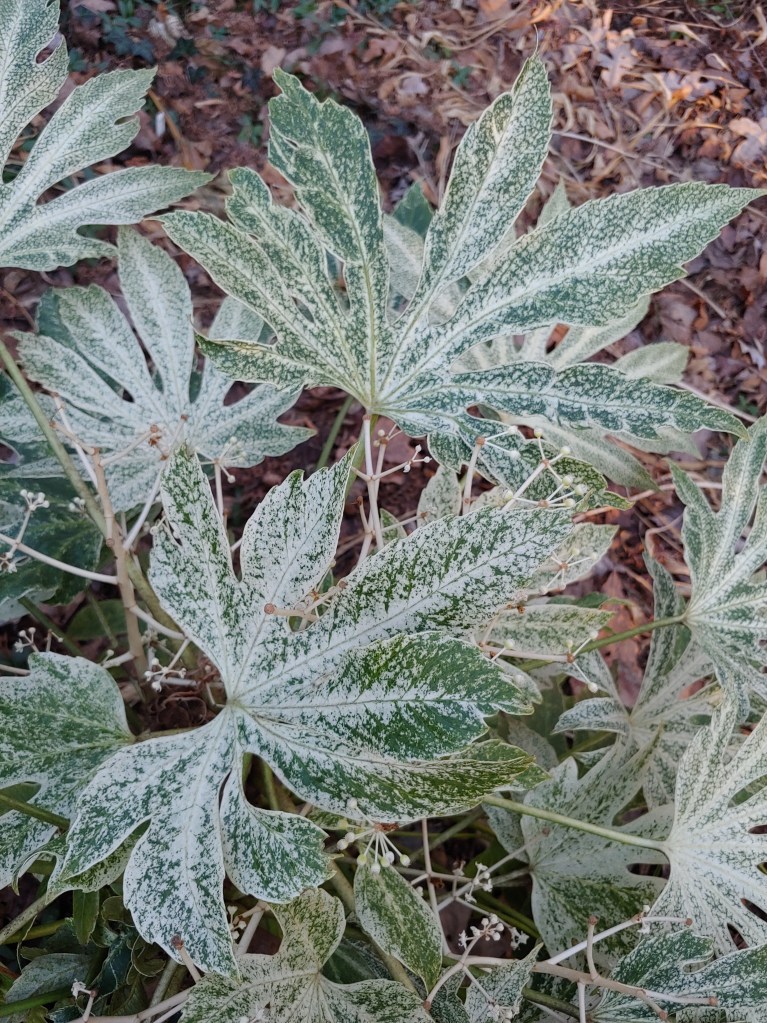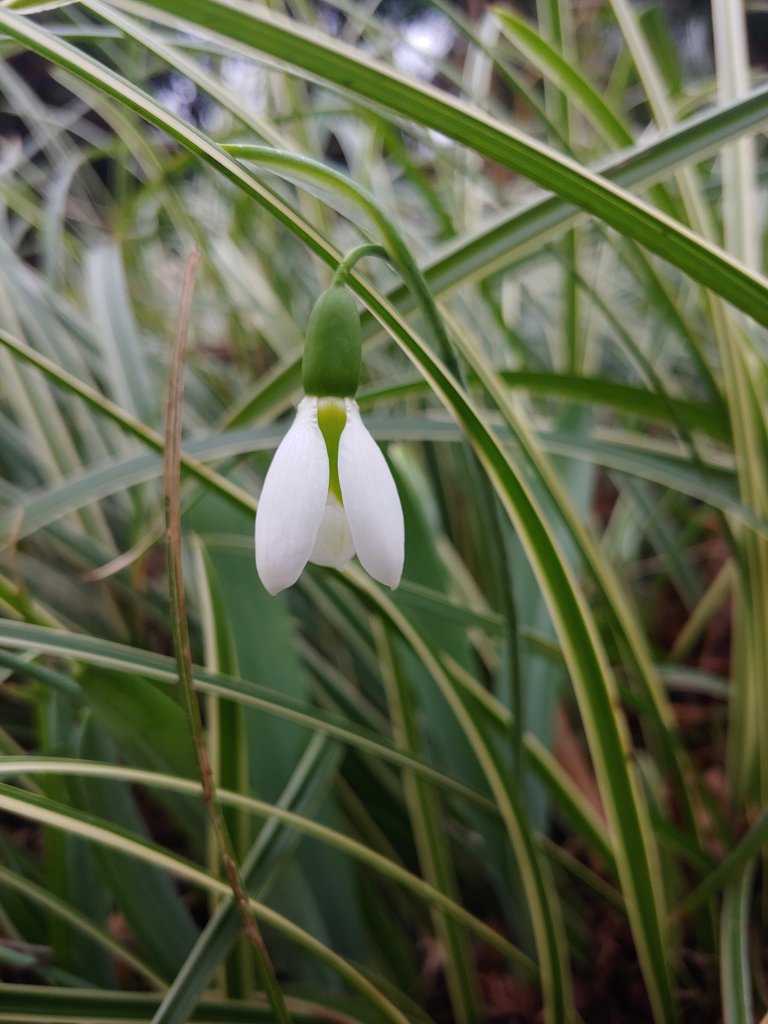No doubt, there are periods when every gardener whines about the weather, wishing to be someplace drier, wetter, warmer, or cooler. In mid January I am most likely to be dreaming of South Carolina, not deeper into the south, but a moderate change from my Virginia garden with less severe cold and a winter shorter in duration.

But again this winter, mild is where we are, though this winter might be more typical of North, not South Carolina. Still, I’ll complain when temperatures dip into the teens (Fahrenheit), even while knowing that our typical winter is much more severe.
Yes, my whine is self serving, ignoring long term consequences, but who wakes up on a seventeen degree morning wishing for colder? Certainly, no gardener. I am content where I am, knowing that winters could be far worse, but also happy to complain while making the best of it.

With mild recent winters, and perhaps many more to come, my choices for planting occasionally dip into ones safer in the Carolinas than here. I consider a collection (probably a small one) of marginally cold hardy fatsias (above), but also tender others that will require protection if more typical winter temperatures return. And I assume they will, no matter how briefly.

There are blooms in the garden every day, a luxury enabled by the comparatively mild winters of this region, but one that is purposely planned for and planted. One, or several witch hazels, mahonias, or snowdrops (above) will be flowering, and this winter an increasing number of hellebores bloom on any day in January, even as I monitor paperbushes (Edgeworthia chrysantha, below) daily, anxiously awaiting the first show of color from buds that are my personal indicator (certainly not forsythia) that spring has arrived.

Despite the lack of extreme cold, I am disappointed that buds of paperbushes have barely swelled in recent weeks. I recall at least one year when color showed in late January, but today that doesn’t seem possible. So, I’ll moan and groan, and enjoy the progression of blooms that should increase each week as winter progresses. Without extreme cold I’ll be outdoors more, thankfully with no worries about cold damage to tender woodies, but hoping that spring’s arrival skips a few weeks earlier.
Earliest I have ever had snow drops.
I am disappointed that a clump of carex has invaded the tall snowdrops. I will probably dig them out of the sedge after flowering since I don’t think the carex can be pulled without snagging snowdrops. In any case, this is only slightly early for this group of snowdrops.
Looking forward to seeing your tall snow drops! Are those the galanthus?
This area is a mix of snowdrops, but I think this is Galanthus elwesii that are tall and early flowering.
I love Ogon Spirea for its early flowering and bright Spring green color. About a week ago, a younger one in my garden planted next to a motion lantern had a popcorn kernel-like infestation wrapped around several branches. I picked them all off carefully, There were about two dozen. Squeezing them showed a red liquid. It concerned me that it could be blood but I don’t know how. Do you know what it might be? I haven’t noticed a return. Thank you!
Spireas have few pest problems, so I suspect whatever the bug is was attracted by the light.